This article on Belgian Shepherds is part of a series to highlight the Big Picture of health, welfare and breeding and to help develop Globally Relevant Integrated Health Profiles (GRIHPs) for many breeds. See IPFD's Get a GRIHP! on Breed Health Initiative

The Belgian Shepherd varieties pictured from left to right are: Malinois, Terveuren, Groenendael and Laekenois
This is an overview of the Belgian Shepherd Dog varieties. Variety-specific analyses are available as PDFs. (see below).
Table of Contents
Breed At a Glance – (Belgian shepherds)
 The Belgian shepherd is a true working dog in all its varieties. Some varieties have a special working line. Police, army, and border control have utilized the Malinois variety for decades. Belgians work in all working dog trials, including search and rescue (SAR), tracking, herding and of course participate in other activities like agility, obedience, dock diving and barn hunt. Loyal and intense, the dogs enjoy every activity with their owners.
The Belgian shepherd is a true working dog in all its varieties. Some varieties have a special working line. Police, army, and border control have utilized the Malinois variety for decades. Belgians work in all working dog trials, including search and rescue (SAR), tracking, herding and of course participate in other activities like agility, obedience, dock diving and barn hunt. Loyal and intense, the dogs enjoy every activity with their owners.
Classification for the purposes of exhibition and breeding by variety based on coat length and color has been common place with Belgian shepherd dogs. In the US (AKC) the Belgian varieties are registered as separate breeds. In Europe Belgians used to be strictly divided by varieties in most countries. Today in the EU countries it is important to acknowledge that the four Belgian shepherd dog varieties are interbred. In 2013 the FCI encouraged inter-variety breeding in co-operation with the country of origin, Belgium, which opened registration of inter-variety crosses in 2019. With current day inter-variety breeding some of the dog's traits, being recessive, lead to 'surprises' in litters – Malinois, the short hair variety, can produce the long haired Tervueren and rough haired Laekenois. The long, black haired Groenendael can produce the long haired Tervueren and Tervuerens can produce black dogs due to the presence of recessive black genes (A-locus). Occasionally pups born from Laekenois dogs have minimal furnishings so are registered as Malinois.
Key Health Conditions – (Belgian shepherds)
Belgian shepherds are a healthy breed. They don’t have any serious health conditions affecting their longevity. Different lines have small variations in health concerns, and particular genetic issues exist in certain family lines. The most important health issues are epilepsy and eye diseases (cataracts, pannus). New issues in the breed are cerebellar ataxia, autoimmune issues, and gastric cancer.
What do caretakers of Belgians need to know?
Belgian shepherd dogs (any variety) are not a good fit for homes that cannot offer them a lot of engagement on a regular basis - vets can advise clients as to the exercise needs and committment required when keeping one of these dogs. The dogs are very attached to their owner; they often become a “one man’s dog”. In show lines there may be more sensitivity, and some lines can’t handle stress very well. On the other hand, working lines might be very strong-minded, and need strict rules and proper training. When getting a Belgian shepherd, more important than the variety is the specific family line.
Statistics and Health Strategies
Population Statistics
Comment: Registrations for Belgian Shepherd Dogs are available from the Kennel Clubs. Some KCs lump all varieties when reporting registrations while most break down registrations by variety. The Malinois and Tervueren varieties are the most registered, while the Belgian Shepherd Dog /Groenendael and Belgian Shepherd Dog / Laekenois varieties are fewer - the Laekenois being the least registered variety.

Variety-specific Registrations
These examples of KC registration statistics from Finland and The Netherlands reflect the general registration trends for variety popularity in different countries - most registered are Malinois and Tervueren varieties followed by Groenendael and the rare Laekenois.


US: AKC Breed Rank – AKC recognizes the Belgian Varieties as separate breeds.

Notes: Belgian Malinois AKC breed rank rose to 41 in 2019 and again rose to 37 in 2020 – this variety has experienced a steady climb in popularity in the US..
“Not only is the Belgian Laekenois (Laeken) a virtual unknown – although it has been in the AKC’s Miscellaneous Class since 2011 – it’s rare, too, with only about 200 nationwide and less than 400 in the United States since 1995.” (Source: https://www.akc.org/expert-advice/dog-breeds/newest-recognized-breed-belgian-laekenois/)
Health and Breeding Statistics
 Agria Breed Profiles
Agria Breed Profiles
CONTEXT: For many years, Agria Animal Insurance, Sweden (Agria Djurförsäkring, Stockholm, Sweden) has supported veterinary research and provided statistics on diagnoses for health and life claims to Swedish breed clubs. See Breeds with Swedish Insurance Data and Agria Breed Profiles (where breeds are compared to All Breeds)! We recommend that you download the Agria Breed Profiles for the Finnish Spitz and study them for full available information. Some excerpts are shown below! The great benefits of the Swedish insurance data are that they include almost 40% of the national population of dogs, so are very representative; note that animals at very old ages are likely under-represented. Most importantly, information is available on all insured dogs, not simply those who get sick or die. This allows calculation of population-based rates (expressed as events per 10,000 years-at-risk) as well as risks and proportions. Statistics are presented as overall morbidity (rate of one or more veterinary care events [VCE]) or mortality (death), by general diagnostic categories, and by specific diagnoses.
Agria - Swedish Breed Profiles (Morbidity and Mortality)
Agria Breed Profiles 2011-2016 – the charts presented are of Tervueren, and differences between varieties are indicated in text.
Extracts from Veterinary Care Events – MORBIDITY

Relative Risk Morbidity of Tervuerens and Groenendaels compared to All Breeds: 1.01. In Malinois the risk is higher (1.26). Causes for higher risk in Malinois are injuries and locomotor problems.

These figures show that overall, Belgians are a healthy breed - very similar to 'All Breeds' in occurrence of overall health.
-
In Tervueren and Groenendael (graph not shown) the highest risk condition, vomiting/diarrhea/gastroenteritis, is still lower than in All Breeds.
-
The second highest risk condition, pyometra, is twice as common in Tervuerens than in All Breeds.
-
Malinois (graph not shown) has a higher risk for injuries, teeth, respiratory (inflammation) and locomotor problems (injury as well as spine & shoulder): 2.2 x, 2.5 x, 2.0 x and 1.7 x, respectively, compared to All Breeds.
Extracts from Agria Breed Profile (Life) - MORTALITY

Relative Risk Mortality of Tervuerens compared to All Breeds: 0.91 - in other words, they were 1.1 times less likely to die in the period compared to All Breeds.
See the Agria Breed Profiles for 3 of the Belgian Varieties
Groenendael: 2006-2011 - 2011-2016
Malinois: 2006-2011 - 2011-2016
Tervueren: 2006-2011 - 2011-2016
Finland: Belgian Shepherd Mortality Data (all varieties combined)
The most frequent causes of death are cancer and old age. Cancer causes death/euthanasia at an average age of 10 years - this reduces the average lifespan, which is almost 14 years for dogs which die because of old age.
Source: Finnish Kennel Club breeding database

Breed-specific Breeding Strategies – Belgian shepherds
Belgium - Governmental laws
The government of Belgian shepherd’s home country, Belgium, has defined laws under which breedings have to be done. In Flanders, Belgium, there are legal requirements for 21 breeds. In the other two regions in Belgium these are only recommendations. On the other hand, National Verbond Belgische Kynologen (National Federation of Belgian Cynologists) is imposing regional laws on all their members regardless of the location.
Full registration and health procedure: https://assets.vlaanderen.be/image/upload/v1614348979/Aandoeningen_bij_honden_ten_gevolge_van_doorgedreven_fok_op_uiterlijke_kenmerken_-_rapport.pdf
Accrediting for occasional breeders around Wallonia: https://environnement.brussels/sites/default/files/user_files/advice_accreditation_procedure_for_occasional_dog_and_cat_breeders_-_20180621.pdf
 Sweden RAS (Breed-specific breeding strategy): Rasklubben för Belgiska Vallhundar
Sweden RAS (Breed-specific breeding strategy): Rasklubben för Belgiska Vallhundar
Finland JTOs separately for each variety - Suomen Belgianpaimenkoirayhdistys ry:
Norway RAS: Norsk Belgisk Fårehundklubb
US OFA CHIC: (variety-specific breeds clubs)
Germany: Deutscher Malinois Club e.V.
Germany: Deutscher Klub für Belgische Schäferhunde e. V.
UK: Belgian Shepherd Dog Association of Great Britain
US-Laekenois: American Belgian Laekenois Association
Summary: In most countries basic breeding strategies are the same in all varieties. Inter-variety breeding is used if it is allowed by national rules. Health requirements (see the table below) usually include hip and elbow dysplasia screening. Nordic countries, Germany as well as Czech also require shoulder screening for osteochondrosis and spine x-ray where spondylosis and sometimes vertebral anomaly (VA) and lumbosacral transitional vertebrae (LTV). Veterinary eye examinations are mandatory in Finland and recommended in the US. Only the US recommends thyroid testing for Tervuren.
Conditions of note:
Neurologic
Two types of cerebellar ataxia are found in the breed. They can be diagnosed by genetic testing (SDCA1 and SDCA2). Testing is recommended especially for dogs with working Malinois background.
Belgian shepherds have been struggling with epilepsy for decades. Epilepsy is also very hard to trace because: information is not openly shared; there is no DNA test, and heritable factors for development of the condition are not known. Some breed clubs have epilepsy surveys. Veterinarian Christina Hedal Gulløv started an initiative of a private epilepsy registry which exists in this link: https://belgian-epilepsy.dk/. Epilepsy information can also be found in several public and open databases.
Heart
Some Belgians have the dilated cardiomyopathy (DCM) mutation found in the Dobermann breed, but that mutation doesn’t seem to cause a clinical disease in Belgians. Older Tervueren lines had heart issues, especially DCM, but the disease has slowly disappeared from the breed. A new heart issue, cardiomyopathy with juvenile mortality (CJM), is found in the breeds and has a genetic test: Gurtner C, Hug P, Kleiter M, Köhler K, Dietschi E, Jagannathan V, Leeb T. YARS2 Missense Variant in Belgian Shepherd Dogs with Cardiomyopathy and Juvenile Mortality. Genes (Basel). 2020 Mar. doi: 10.3390/genes11030313.https://pubmed.ncbi.nlm.nih.gov/32183361/
Autoimmune diseases
Meningitis, hypothyroidism and immune mediated eye diseases (chronic superficial keratitis (CSK), known also as pannus, and plasmooma) exist. Thyroid testing is recommended in the US and has been done for years. Elsewhere thyroid testing is less common and is usually done only if the dog has symptoms. Pannus cases are reported all over the world. A yearly veterinary eye examination for breeding stock would be required to prevent the disease in the offspring, but these examinations are rarely done elsewhere than in the US and Finland. In the Finnish working Malinois population autoimmune issues seem to crop up in certain lines.
Cancer
Gastric cancer is being studied in the breed:
Cândido, M.V., Syrjä, P., Hanifeh, M. et al. Gastric mucosal pathology in Belgian Shepherd dogs with and without clinical signs of gastric disease. Acta Vet Scand 63, 7 (2021). https://doi.org/10.1186/s13028-021-00570-6
Lubbes D, Mandigers PJ, Heuven HC, Teske E. Incidentie van maagcarcinomen bij de Nederlandse Tervuerense herders geboren tussen 1991 en 2002 [Incidence of gastric carcinoma in Dutch Tervueren shepherd dogs born between 1991 and 2002]. Tijdschr Diergeneeskd. 2009 Jul 15-Aug 1;134(14-15):606-10. Dutch. PMID: 19697677. https://www.researchgate.net/publication/26758091_Incidence_of_gastric_carcinoma_in_Dutch_Tervueren_shepherd_dogs_born_between_1991_and_2002
Tufts University, Belgian Sheepdog and Tervuren Gastric Cancer Study Update January 2016. https://bsca.info/wp-content/uploads/2016/01/Belgian_club-study-update-2016.pdf
Scanziani E., Giusti A.M., Gualtieri M., Fonda D. 1991. Gastric carcinoma in the Belgian shepherd dog. https://doi.org/10.1111/j.1748-5827.1991.tb00991.x
 Variety-Specific Reports
Variety-Specific Reports
GRIHP_Groenendael J Uski.pdf
GRIHP_Laekenois J Uski.pdf
GRIHP_Malinois J Uski.pdf
GRIHP_Tervueren J Uski.pdf
The GRIHP reports contain an overview of variety-specific health information, statistics, extracts from databases and references and resources available from several country's Kennel and Breed Clubs.
HGTD DNA Tests for Belgian Shepherds
The Harmonization of Genetic Testing for Dogs (HGTD) Basics: The HGTD Searchable Database - Search by Breed, Search by Disease / Test and Search by Genetic Test Provider (GTP) / Lab + Genetic Counselling Resources. HGTD catalogs information provided voluntarily from genetic test providers (GTPs) including information on their company and services, quality measures and expertise, tests offered and more. As of January 2021, the HGTD Database includes 82 academic and commercial genetic test providers (GTPs) in 22 countries. Our searchable genetic phenes (phenes = characteristics/genetically controlled feature) database currently holds information on 300+ phenes across all breeds/types and provides information on each phene: links to the Online Mendelian Inheritance in Animals database (OMIA), gene + mutations, a simple and advanced disease description, inheritance details, links to original publications, patents/licenses, comments from the original researchers/experts on application, and breed specific information (such as research/validation) - where possible. Breed Relevance Ratings (BRR) support evidence-based usage and application of genetic tests. The HGTD database relevance rating indicates the level of available evidence supporting the application of a specific genetic test for a specific breed/type. Currently, the relevance rating is based on a wide variety of evidence sources. This includes peer-reviewed research papers, recommendations from the original researchers/test developers, input from additional experts including veterinary specialists, and breed experts. It is hoped that, by being more informative about what we currently know or do not know about a specific test for a specific breed, that dog health advisors and owners can make more informed decisions. Remember, this Breed Relevance Rating is not everything we need to know about the disease or characteristic; it is focused on the genetic test.
SUMMARY: Most of the breed-specific research and genetic tests offered for the Belgian Shepherd types are relevant across all types. The exception to note is the genetic test for Malinois episodic aggression. In this case, the research was focused specifically on the Belgian Shepherd, Malinois. Any crosses between the different types that include Malinois may want to consider this test in addition to the other relevant tests. There may also be genetic tests available to all dogs that have some relevance for the breeds. For example, the variant for Hyperuricosuria and Hyperuricemia (HUU) has been reported in the breeds and may be relevant for some lines/breeding strategies.
♦ BIG PICTURE THINKING ♦ Please take into consideration - Most of the conditions with genetic tests are rare in the general population, but valuable for breeders to use to efficiently reduce risks while supporting good genetic diversity in the breed as a whole. See the Genetic Diversity section below. Also be aware that there are many DNA tests that are available for ALL breeds, that while the test itself is valid, the condition may not be a major health concern or included in health strategies for every breed. See the HGTD for a full list of DNA tests including "Trait" and "Parentage" tests.
Belgian Shepherd Dogs by Type:
DNA Tests In All Types:
Test: Ataxia, cerebellar, ATP1B2-related
BRR: 
HSP comment: The test offered is based on breed-specific research, that has identified a causal variant for one specific form of cerebellar ataxia. Symptoms are often rapidly progressive and can be fatal – including lack of coordinated movement, seizures, pacing and circling, and progressive blindness. There are a number of forms of cerebellar ataxia reported in the breeds, only some of which have associated genetic tests.
Test: Cardiomyopathy and juvenile mortality
BRR: 
HSP comment: The researchers report that this fatal disease has a high carrier rate (27.2%) for the variant. According to the researchers, given the early age of onset, lethality, and non-specific clinical signs (e.g. vomiting), the variant may have been overlooked in the breed for some time. Breeding recommendations suggested are for breeders to aim to use at least 1 clear tested dog in breeding plans. The use of carriers is important to ensure that genetic diversity isn’t decreased and inbreeding increased. With a high carrier rate, using only clear tested dogs will likely cause further issues in the breed related to inbreeding, and is unnecessary if all dogs used for breeding are tested, and used sensibly.
Test: Spongy Degeneration with Cerebella Ataxia Subtype 1, KCNJ10-related
BRR: 
HSP comment: This test has identified a variant for an additional type of degenerative cerebellar ataxia in the Belgian Shepherd, which the researchers refer to as subtype 1.
Test: Degenerative Myelopathy
BRR: 
HSP comment: Degenerative Myelopathy (DM) does not currently have breed-specific relevance. While many breeds and crosses test for DM, it should be noted that there are few breeds with research indicating an association between risk and disease development for this complex inherited disease. Usage of this test for breeding strategies should be approached with particular caution in breeds without significant reporting of diagnosed DM cases, to avoid serious impacts on the breed through a loss of genetic diversity and over-all reduction in dogs used for breeding.
Malinois:
Test: Malinois Episodic Aggression
BRR: 
HSP comment: Researchers who developed this test state clearly that the behavior risks associated with PolyA variants have only been validated in the Belgian Malinois breed. This test is based on research at the Department of Animal Science, University of California, Davis identifying two polymorphisms in the SLC6A3 gene associated with owner reports of seizure, “glazing over” behaviors, episodic biting behaviors, and general loss of clarity in the Belgian Malinois. [ref: VGL website] Inheritance appears to be codominant.
References
Lit, L., Belanger, J.M., Boehm, D., Lybarger, N., Haverbeke, A., Diederich, C., & Oberbauer, A.M. (2012). Characterization of a dopamine transporter polymorphism and behavior in Belgian Malinois. BMC Genetics 14:45. doi: 10.1186/1471-2156-14-45
Lit, L., Belanger, J.M., Boehm, D., Lybarger, N., & Oberbauer, A.M. (2013). Differences in behavior and activity associated with a Poly(A) expansion in the dopamine transporter in Belgian Malinois. PLOS ONE 8(12): e82948. doi: 10.1371/journal.pone.0082948
Health Screening Tests for Belgian shepherds
Belgian Shepherds are widely tested, and the breed is very healthy. Breeders are active with testing and screening their breeding stock all over the world.
R1 = Mandatory for registration of offspring
R2 = Recommended
R3 = Recognized

spond. = spondylosis; LTV = lumboscral transitional vertebrae; VA = vertebrae anomaly; OCD = osteochondrosis; CJM/DM = cardiomyopathy with juvenile mortality / dolated cardiomyopathy.
Editable MSWord table: Belgian health tests - recognition-rating by country-2-25-22.docx
Genetic Diversity in the Belgian Shepherd - Research & Reports
Studbooks of Belgian Shepherds are open only in Belgium, and in there only Belgian-owned dogs can attend an evaluation, where the dog can be lifted to official FCI registry starting with RISH.
Malinois has a wide population and is genetically most separate from other varieties. Malinois is also strongly divided in working and show lines. Laekenois is a very small population and is combined quite often with the Malinois or bred from Malinois born rough hair. A few famous Malinois sires are used widely in all varieties, which in the long run decreases genetic variation in the breed.
Belgian shepherd population is part of a Finnish study ‘Variation in breeding practices and geographic isolation drive subpopulation differentiation, contributing to the loss of genetic diversity within dog breed lineages’ https://cgejournal.biomedcentral.com/articles/10.1186/s40575-020-00085-9
References and Resources
 DogWellNet Resources
DogWellNet Resources
Harmonization of Genetic Testing for Dogs database:
Agria Breed Profiles
Groenendael: 2006-2011 - 2011-2016
Malinois: 2006-2011 - 2011-2016
Tervueren: 2006-2011 - 2011-2016
Pedigree Breed Database pages
Belgian Shepherd Dog (Groenendael)
Belgian Shepherd Dog (Laekenois)
Belgian Shepherd Dog (Malinois)
Belgian Shepherd Dog (Tervueren)


IPFD and The World Small Animal Veterinary Association
See our series of Meet the Breed articles in the WSAVA Bulletin and associated Get a GRIHP! Articles on DogWellNet.com:
-
Welsh Corgi
-
Dachshund
-
French Bulldog


-
Australian Shepherd
-
Saluki
-
Golden Retriever
-
Bernese Mountain Dog
-
Black Russian Terrier
-
Pug
-
Finnish Spitz
-
Rhodesian Ridgeback
-
Rottweiler
-
Whippet
-
Belgian Shepherd
-
English Bulldog
-
Irish Soft Coated Wheaten Terrier
-
Dalmatian
-
Border Terrier
-
Staffordshire Bull Terrier
-
Siberian Husky
-
Dobermann
-
Shih Tzu
-
English Setter
-
Beagle
-
Chihuahua
 Donate
Donate

 The Belgian shepherd is a true working dog in all its varieties. Some varieties have a special working line. Police, army, and border control have utilized the Malinois variety for decades. Belgians work in all working dog trials, including search and rescue (SAR), tracking, herding and of course participate in other activities like agility, obedience, dock diving and barn hunt. Loyal and intense, the dogs enjoy every activity with their owners.
The Belgian shepherd is a true working dog in all its varieties. Some varieties have a special working line. Police, army, and border control have utilized the Malinois variety for decades. Belgians work in all working dog trials, including search and rescue (SAR), tracking, herding and of course participate in other activities like agility, obedience, dock diving and barn hunt. Loyal and intense, the dogs enjoy every activity with their owners.
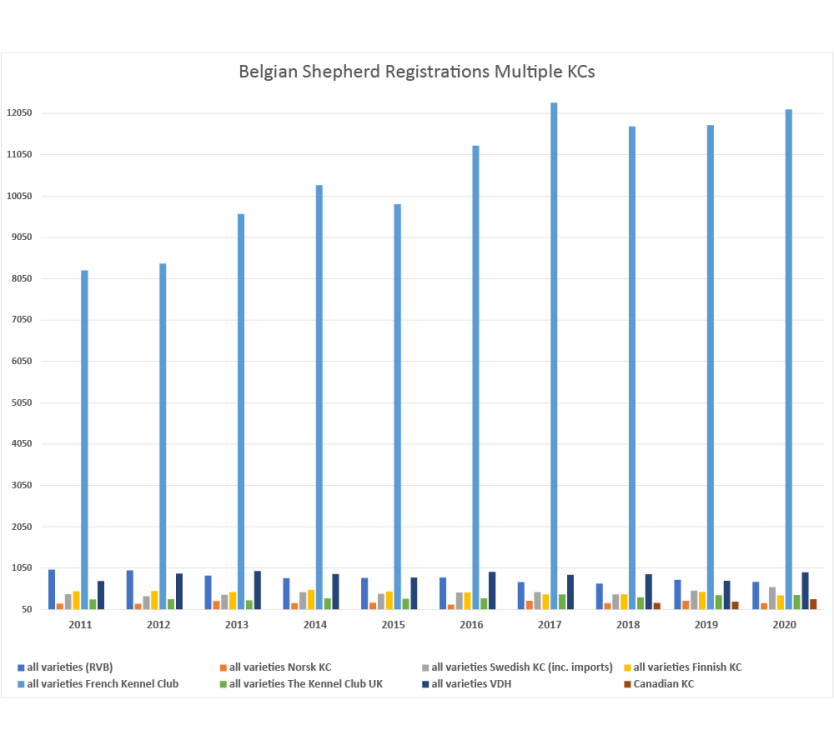

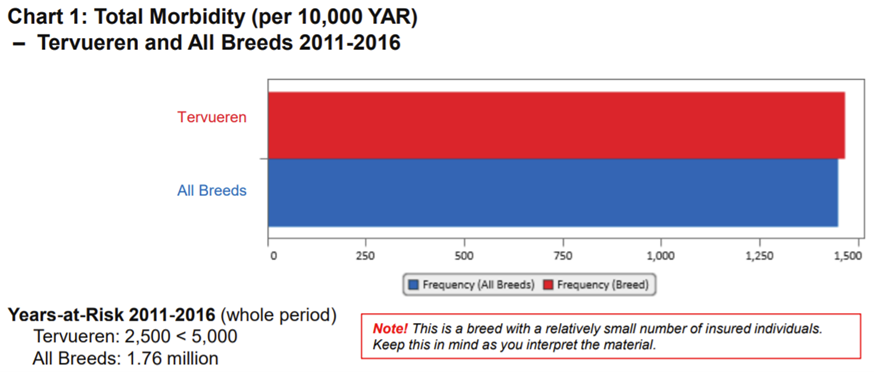
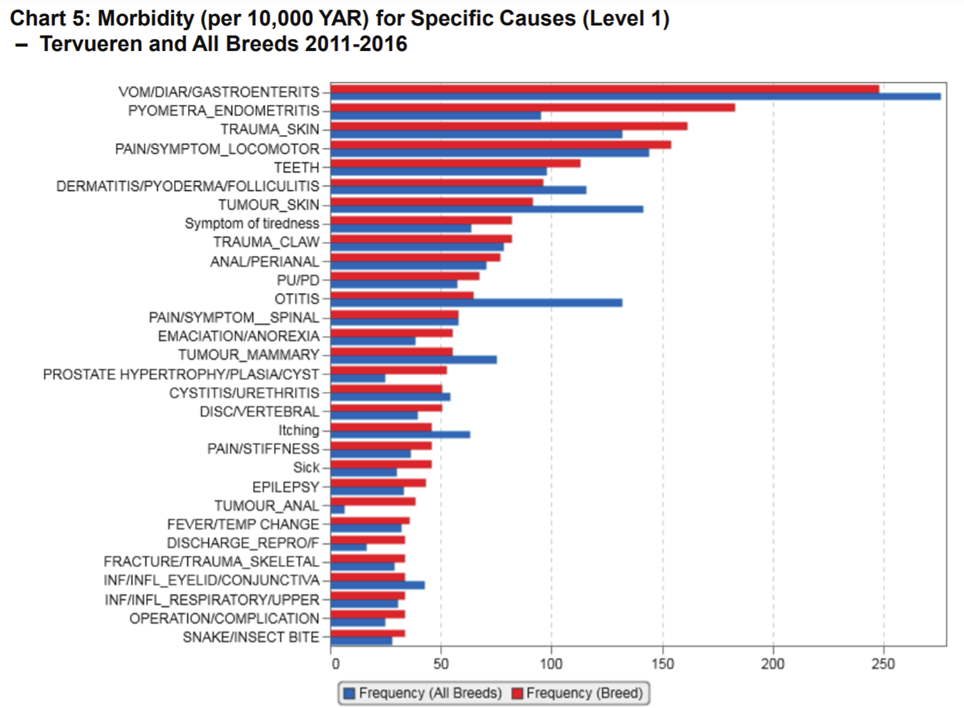
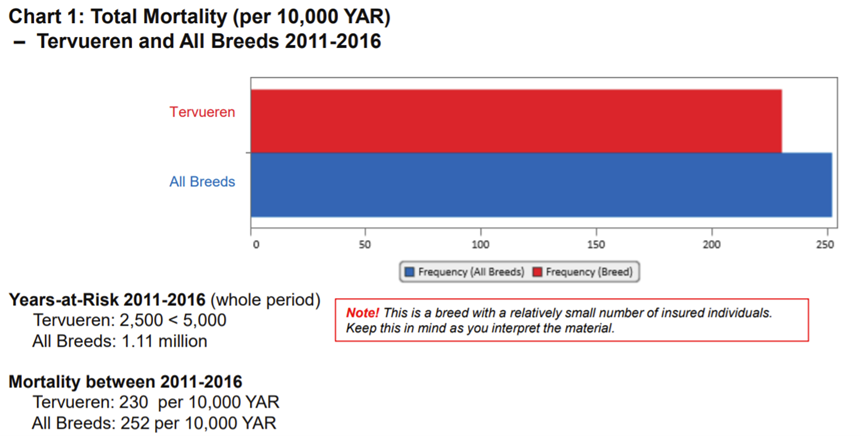
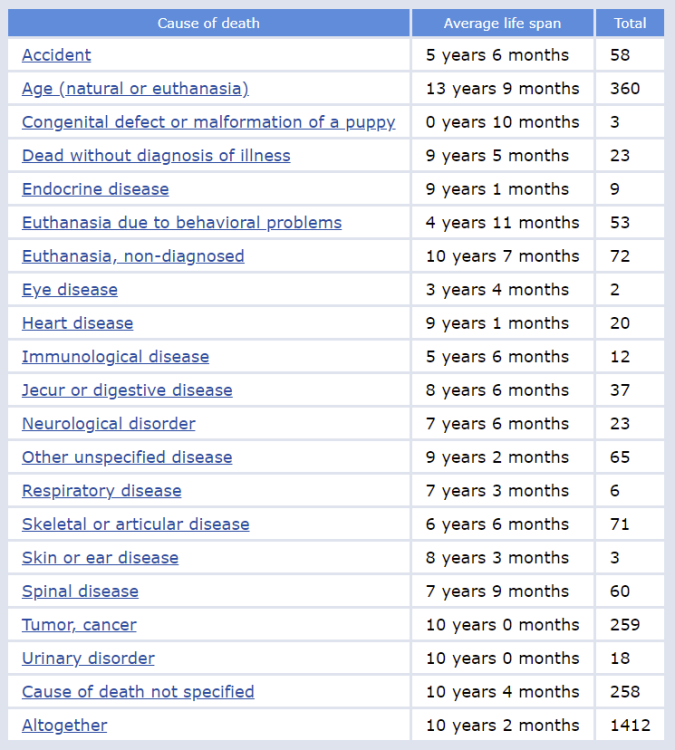
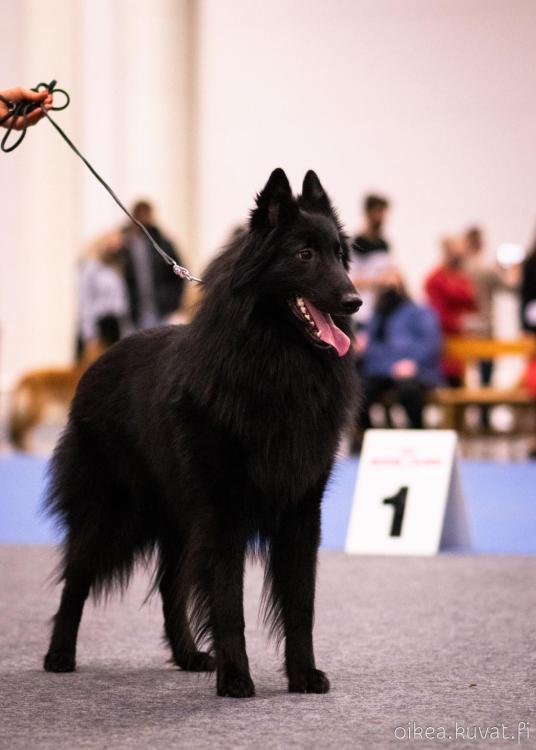


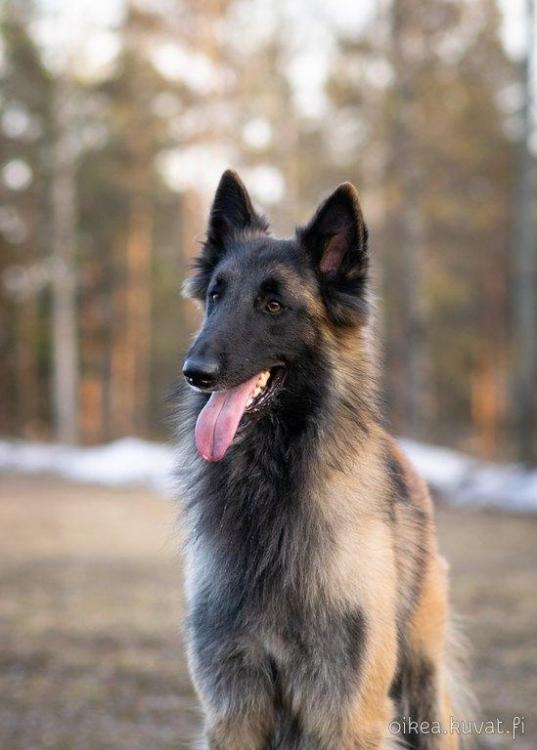



Recommended Comments
There are no comments to display.
Join the conversation
You can post now and register later. If you have an account, sign in now to post with your account.
Note: Your post will require moderator approval before it will be visible.